Shedding some light on the crazy bright flashlights advertised on Twitter

These lights promise to kill darkness with extreme prejudice.
The advertising on Twitter tends to be suited to people’s interests or browsing habits to some degree, but at least in Japan recently many people have been seeing a bunch of ads for random products that all seem too good to be true. The problem is that with advances in technology these products sometimes really do deliver on their promises, but other times they’re complete duds.
To find out which goods really have the goods, our reporter Go Hatori puts his credit card on the line and orders these items to find out how they fare in real life. This time he tried out the flashlights advertised on Twitter that can turn you into a human floodlight.
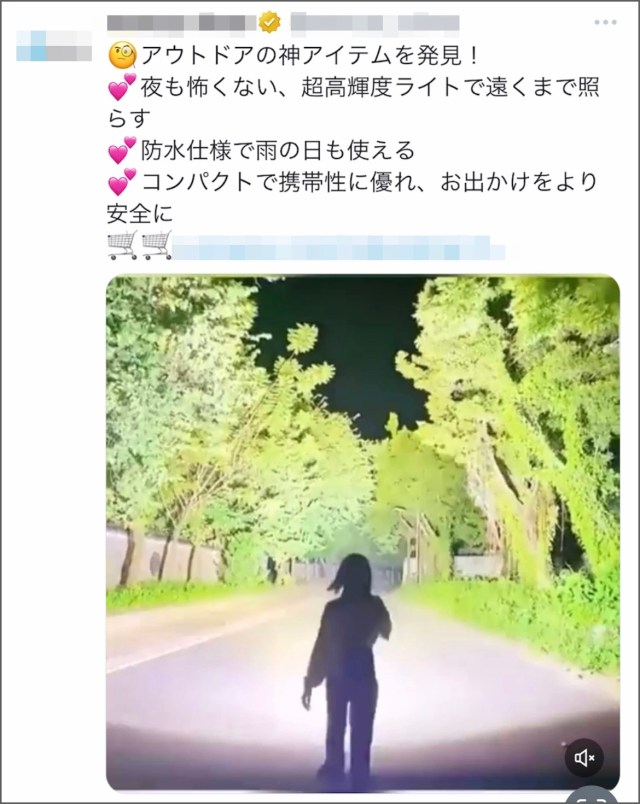
These ads are often accompanied by short clips of people using their flashlights to make darkened rooms and roads even brighter than they would be in daylight.
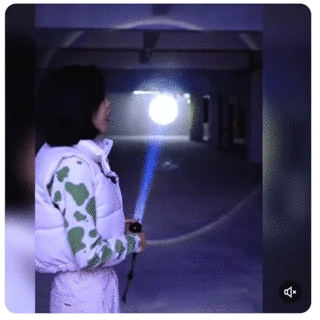
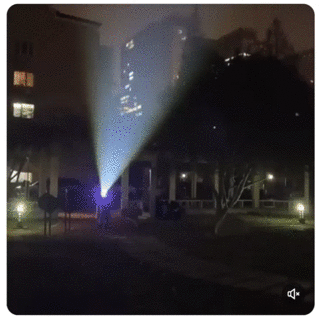
The fact that you can see the beam of light coming from the flashlight would suggest the air is full of some kind of particles that are reflecting the light and making it appear brighter.
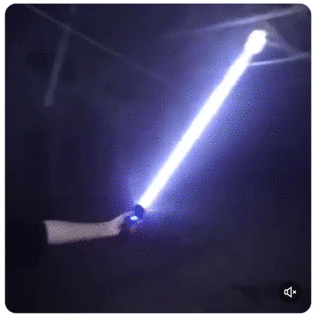
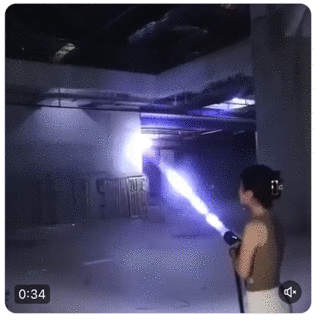
Still, tricks to enhance a product in advertisements isn’t unheard of, and doesn’t necessarily mean the lights aren’t really good. Maybe just not quite this good…
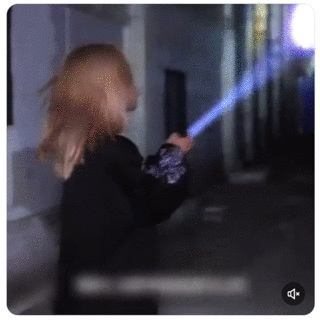

Go then went to the website to order one of these miracle flashlights. There the photos seemed a little more realistic but still suspicious.
▼ It kind of looks like there’s another light behind the guy.
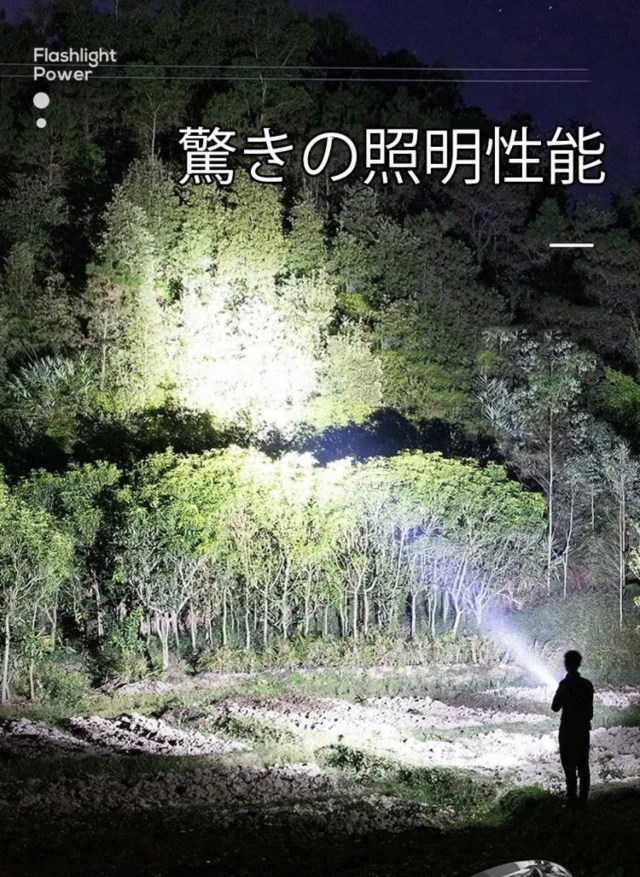
The possibility to emit that kind of light and dispel the forces of darkness as he pleases was just too good to pass up. So, Go decided then and there to buy one. They also looked like little lightsabers which sealed the deal.
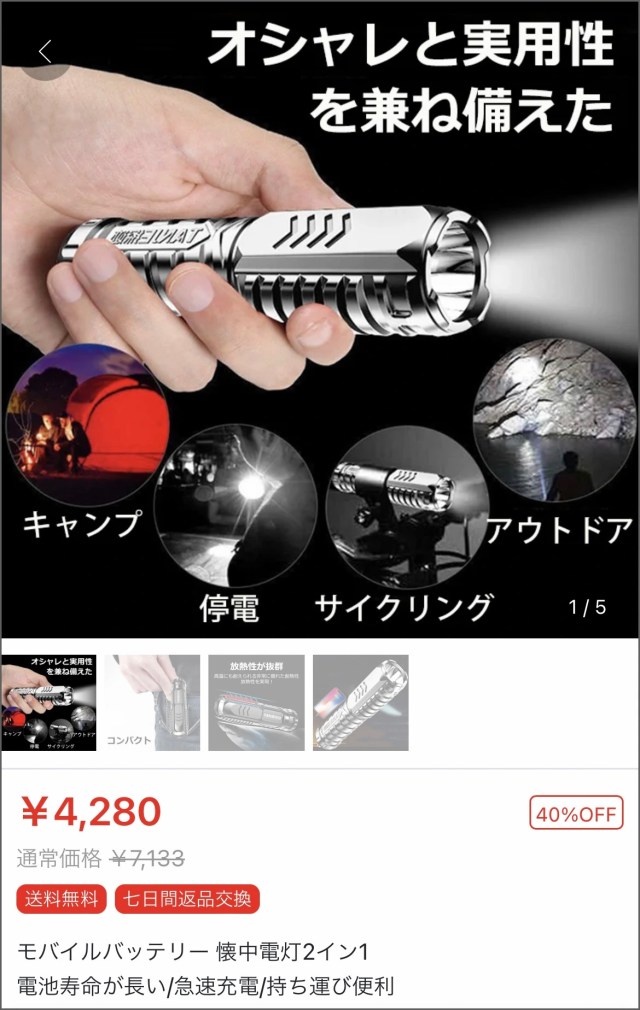
One flashlight cost 4,280 yen (US$30) but he could also buy two 5,380 yen ($38). It was an odd pricing system that seemed to prey on impulse buying instincts, but Go was able to resist and just get one.
One week later his order arrived from Osaka.
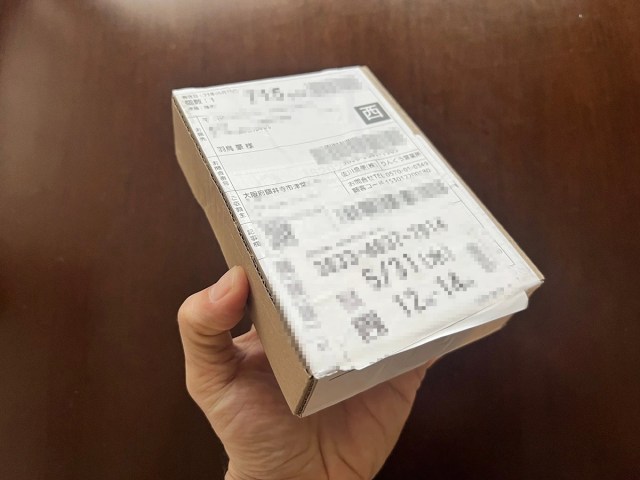
It was a lot smaller and a lot lighter than he expected.
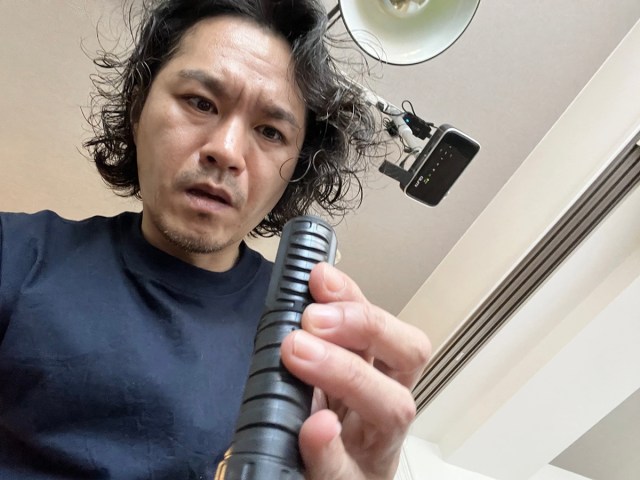
To gauge this light’s performance he decided to pit it against two other ones. First, he had a 9-LED Handy Light bought from a 100-yen store for 110 yen ($0.78). Next, he had a 200-Lumen Handy Light that he bought from a hardware store for 877 yen ($6).
First he measured each light’s weight.
▼ Left: 100-yen shop – 63 grams (2.2 ounces), Center: Hardware store – 151 grams (5.3 ounces), Right: Twitter – 46 grams (1.6 ounces)
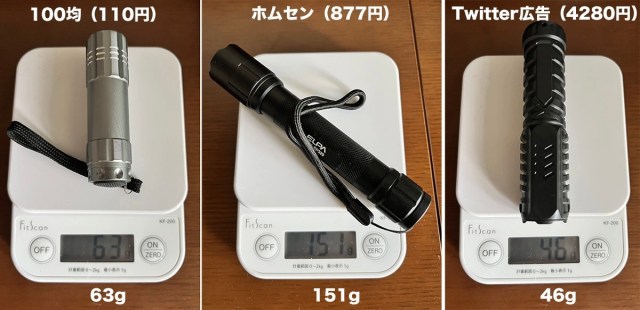
The Twitter-advertised flashlight was considerably lighter than the others. That was largely due to the fact that the store-bought lights both required batteries, whereas the miracle light has a built-in chargeable battery.
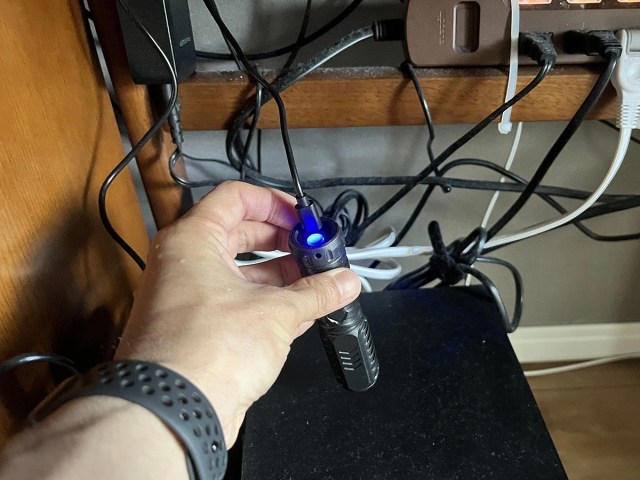
The other lights were also made of metal, whereas the new flashlight looked metallic but was made out of plastic.
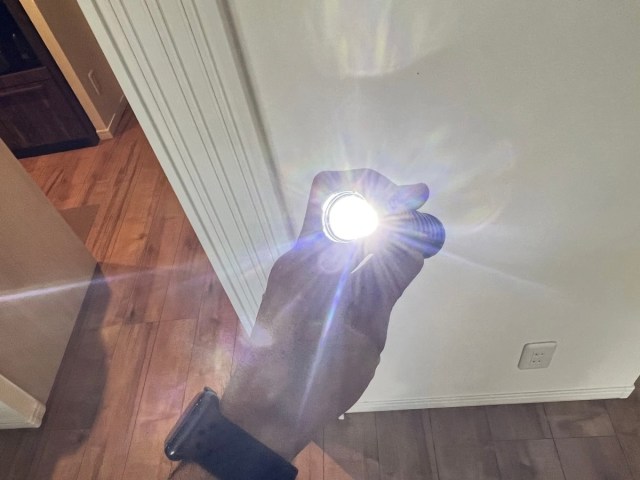
Once it was charged he tried it out in his room. It seemed normal and there were no movable parts to adjust the beam like the flashlights in the videos had.
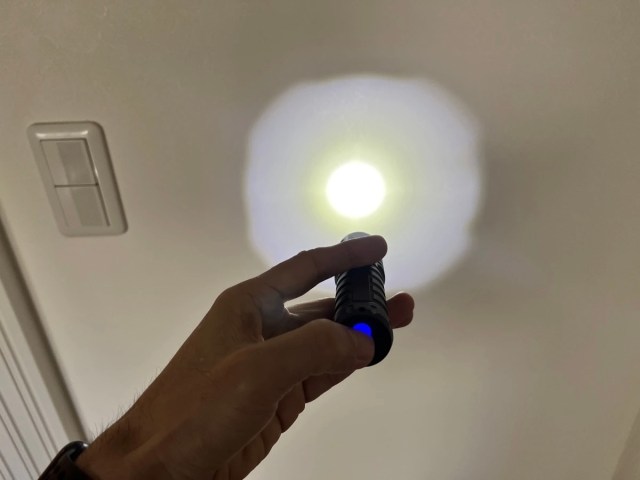
But that was just a warm-up. The real test was going to take place away from the bright lights of the city at our ultra-cheap house in the countryside.
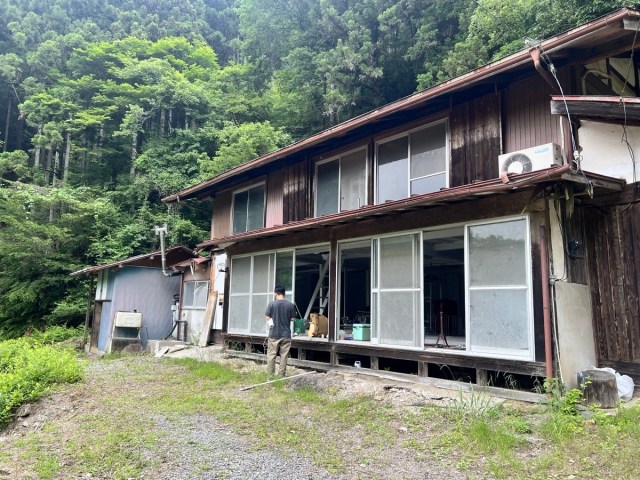
After a hard day of cleaning poop out of their new home, our writers sat back and watched the sun set.

At nightfall, Go’s colleagues started a campfire to roast some wienies on while Go got set up for his flashlight death match.

After taking one last look at his campfire friends, Go got ready. It was certainly dark enough to test out some flashlights.

This challenge would take place in four stages at four different locations. Our writer would shine each light on the location and take both photos and videos to compare them.
Test #1 (Still images)
▼ 100-yen store’s 9-LED Handy Light (110 yen)
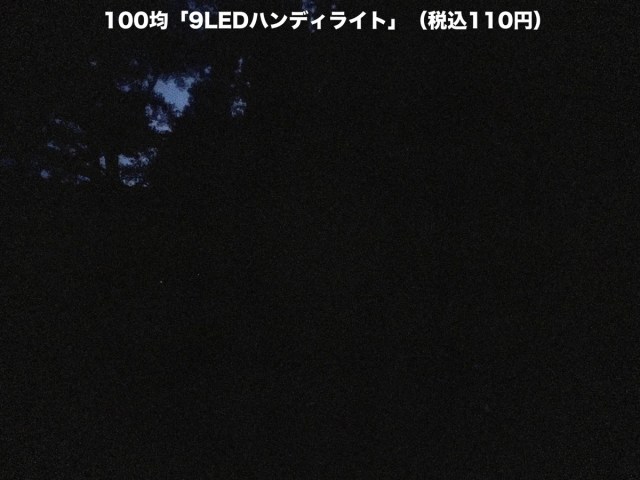
▼ Twitter advertised Ultra-high Luminosity Light (4,280 yen)
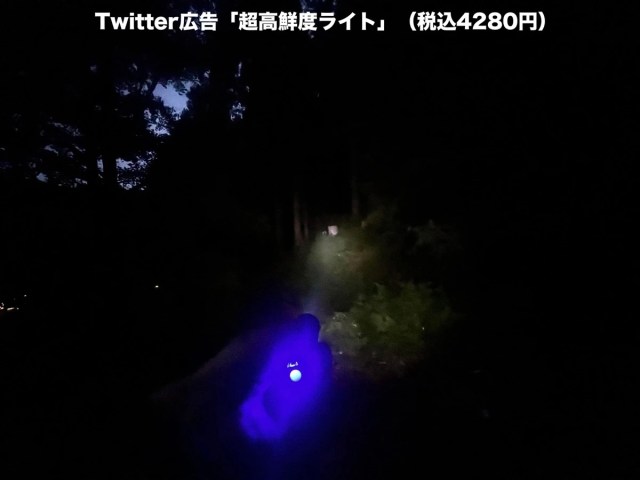
▼ Hardware store’s 200-Lumen Handy Light (877 yen)
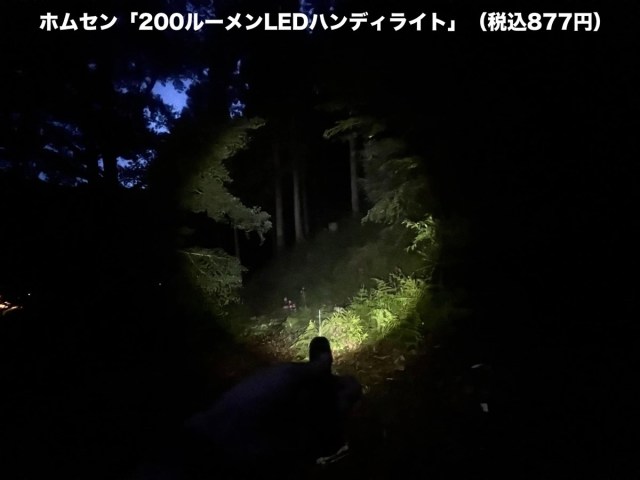
Test #2 (Still images)
▼ 100-yen store’s 9-LED Handy Light (110 yen)
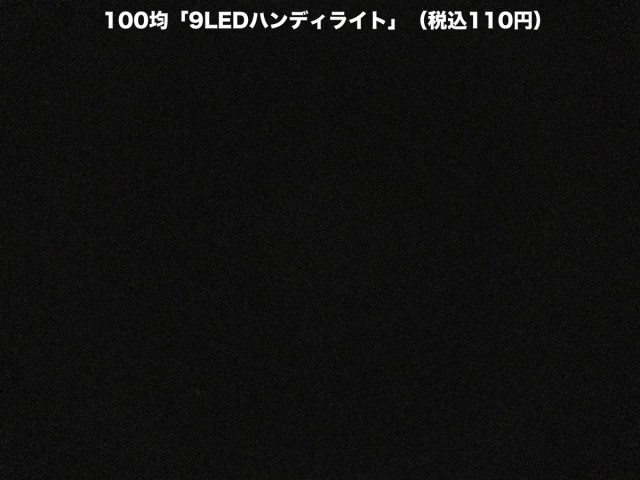
▼ Twitter advertised Ultra-high Luminosity Light (4,280 yen)

▼ Hardware store’s 200-Lumen Handy Light (877 yen)
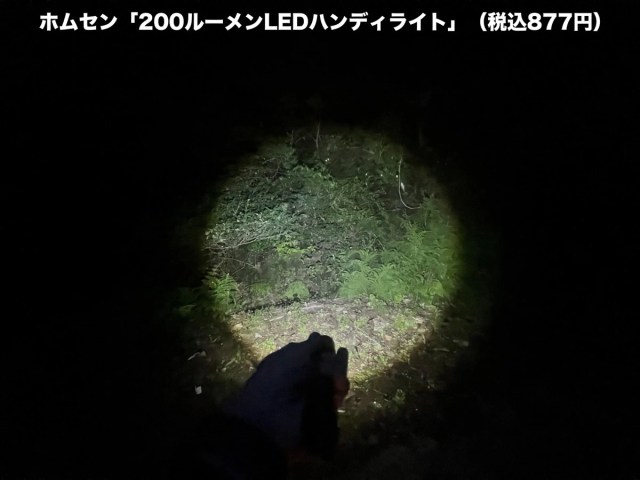
It was becoming clear that while the 100-yen store light clearly sucked, the far more expensive Twitter light wasn’t holding up well against the one from the hardware store. The center portion did seem a little brighter but its field of view was nothing to brag about.
Test #3 (Still images)
▼ 100-yen store’s 9-LED Handy Light (110 yen)
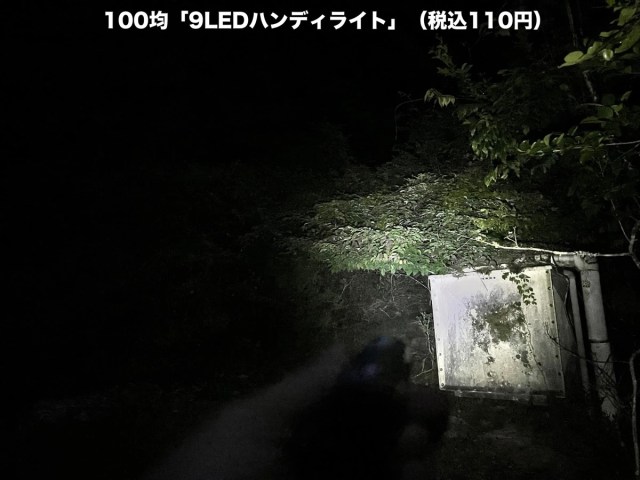
▼ Twitter advertised Ultra-high Luminosity Light (4,280 yen)
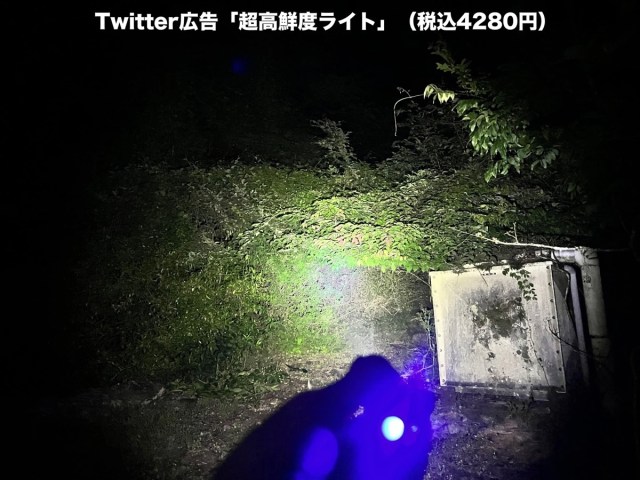
▼ Hardware store’s 200-Lumen Handy Light (877 yen)
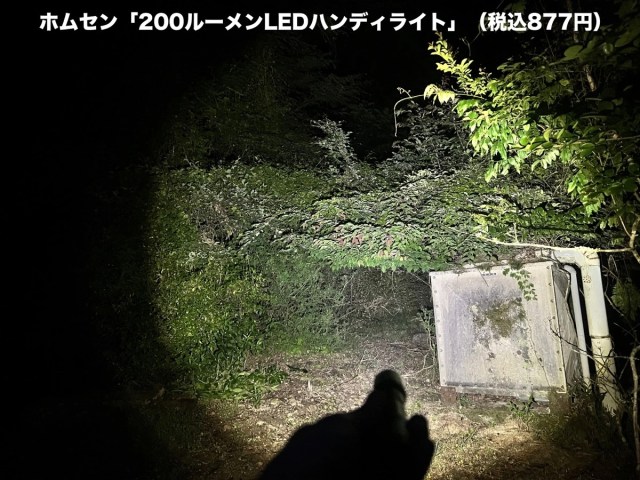
The new light fared a little better there but still clearly not at the level of the one from the hardware store. For reference, 200 lumens is just an average brightness for a flashlight and probably the same as one you might have lying around your own home.
One concern is that the blue light on the back of the Twitter flashlight might be messing with the exposure of the camera. Considering these things were advertised to be as bright as an exploding star that shouldn’t really matter, but to put that doubt to rest, the final test was taken by video at a farther distance.
Test #4 (Video)
▼ 100-yen store’s 9-LED Handy Light (110 yen)
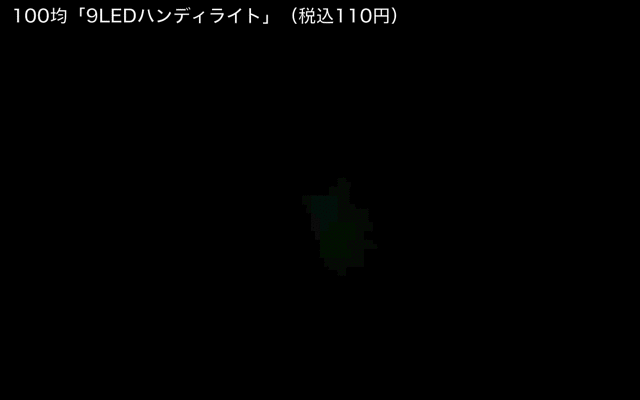
▼ Twitter advertised Ultra-high Luminosity Light (4,280 yen)
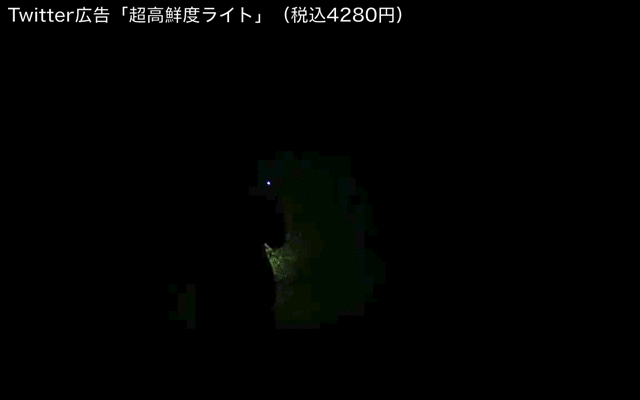
▼ Hardware store’s 200-Lumen Handy Light (877 yen)
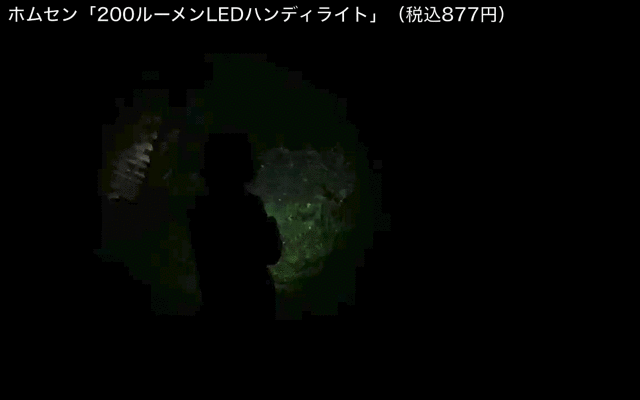
All right, well, that settles that. Not only was the super-powered light advertised on Twitter not super-powered, but it provided a below-average lighting experience for five times the cost.
So, next time you see something that’s too good to be true advertised on the Internet, don’t rush out and buy it right away. Wait for someone on our team to do it first and see if it really does what it promises.
Photos © SoraNews24
● Want to hear about SoraNews24’s latest articles as soon as they’re published? Follow us on Facebook and Twitter!
Credit:

0 comments: